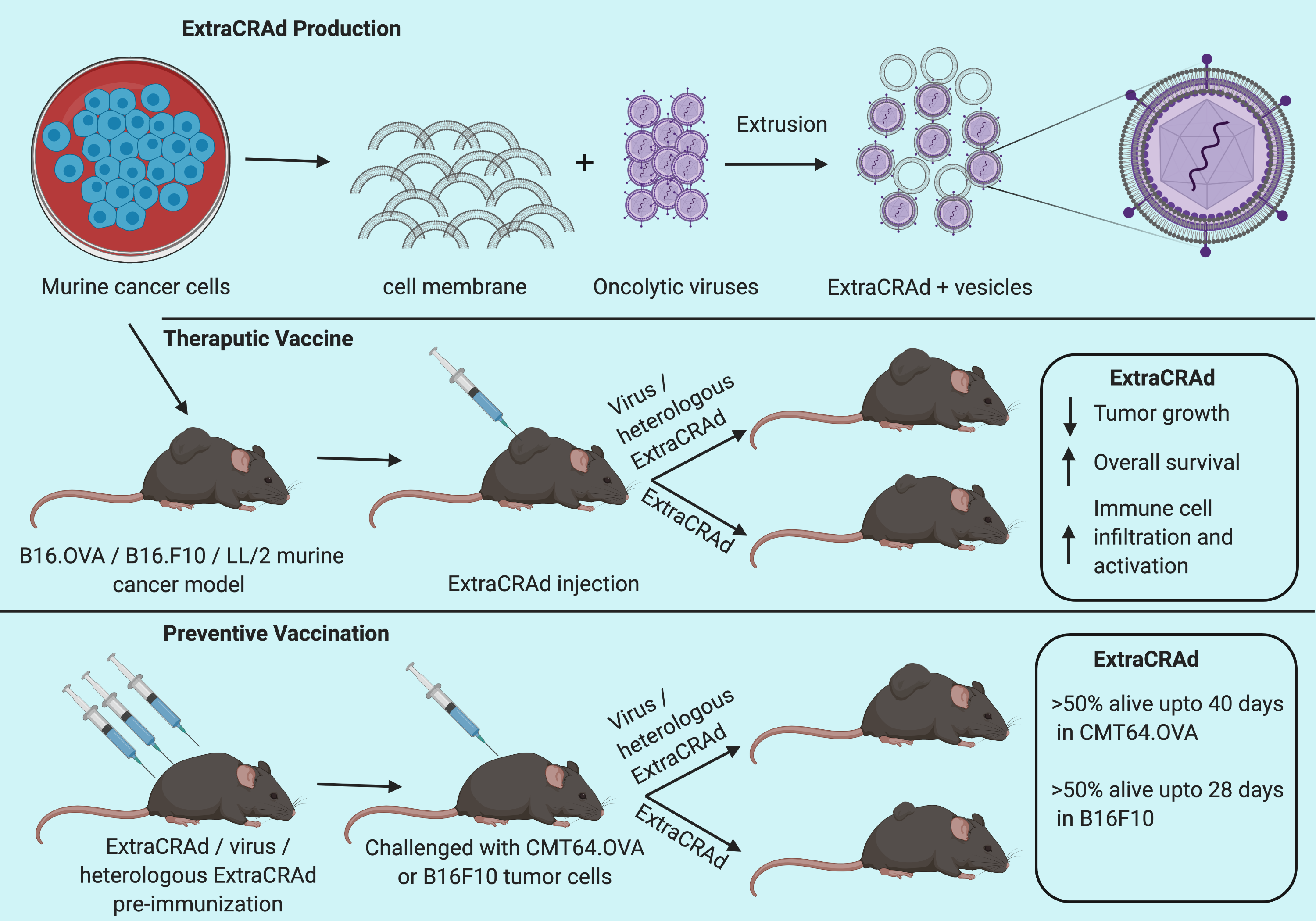Cancer vaccines
Since the discovery, vaccines have proven effective in fading off some of the deadliest diseases, saving a countless number of lives throughout the world. However, with cancer, attempts to harness the lifesaving potential of vaccines has yielded close to nothing. Exceptions, however, are the preventive vaccines like hepatitis B virus (HBV) against liver cancer and human papillomavirus (HPV) against cervical cancer, which cause these cancers. Most of the hindrance comes from low immunogenicity, meaning inability of an antigen in the vaccine to provoke sufficient immune response against the tumor; tumor heterogeneity, meaning the unequal expression of the tumor-associated antigens across the tumor; and immunosuppressive tumor microenvironment, which refers to the upregulated immune checkpoint inhibitors in the tumor cells.
The discovery of the checkpoint blockade has provided new hope, as it can be a very good ally in boosting the effectiveness of cancer vaccines. In the meantime, the field of cancer vaccine has progressed on its own and various groups have come up with cunning ideas to circumvent the problems faced by traditional cancer vaccines. In a recent publication Fusciello et al. have developed a new strategy (ExtraCRAd) of wrapping the oncolytic virus with the tumor cell membrane, hence increasing the number of tumor-associated antigens attached to the virus.
ExtraCRAd – A new vaccination strategy
One of the major hindrances in developing effective vaccines is low immunogenicity. Finding a precise antigen to elicit a lasting immune response against the tumor is a major challenge in developing therapeutic vaccines against cancer. To overcome the problems associated with tumor-associated antigen(TAA) identification and low immunogenicity, Fusciello et al. extracted cancer cell membranes, mixed them with oncolytic adenovirus and passed them through a porous membrane to create a tumor cell membrane coated viral nano-particles ExtraCRAd (Extra conditionally replicating adenoviruses).
The ExtraCRAd showed superior infectivity and oncolytic activity compared to uncoated viral particles. The plasma membrane in the ExtraCRAd increased the infectivity of the virus in the Coxsackie and Adenovirus Receptor (CAR) independent manner and shielded the viral particles from neutralizing antibodies.
The In vivo validation
Fusciello et al. further showed the efficacy of ExtraCRAd vaccines in three different murine cancer models representing melanoma and lung cancer. In all three models, ExtraCRAd showed enhanced tumor control compared to the naked virus and membrane vesicles. Furthermore, ExtraCRAd with a tumor matched membrane exhibited the highest tumor control. Tumor microenvironment analysis revealed an increased antigen-experienced CD8+ T with cell PD1 expression in ExtraCRAd treated mice. Thus, suggesting increased infiltration and activation of CD8+ T cells, following ExtraCRAd treatment.
ExtraCRAd as a preventive vaccination
On a vaccination set up, three doses of ExtraCRAd with a tumor matched membrane showed higher immunization capacity when challenged with CMT64.OVA or B16F10 tumor cells. Over 50% of animals were alive after day 40 after tumor implantation in CMT64.OVA model, whereas, in the aggressive B16F10 model, over 50% of animals were still alive on day 28.

Overall, Fusciello et al. developed a novel method to generate cancer vaccines using oncolytic viruses and cancer cell membranes. They further show the synergistic benefits of the components in enhancing vaccine infectivity and efficacy against the tumor. ExtraCRAd also prolonged the overall survival in pre-immunization experiments.
By Shishir Pant
Reference
Fusciello, M., et al. (2019). “Artificially cloaked viral nanovaccine for cancer immunotherapy.” Nat Commun

